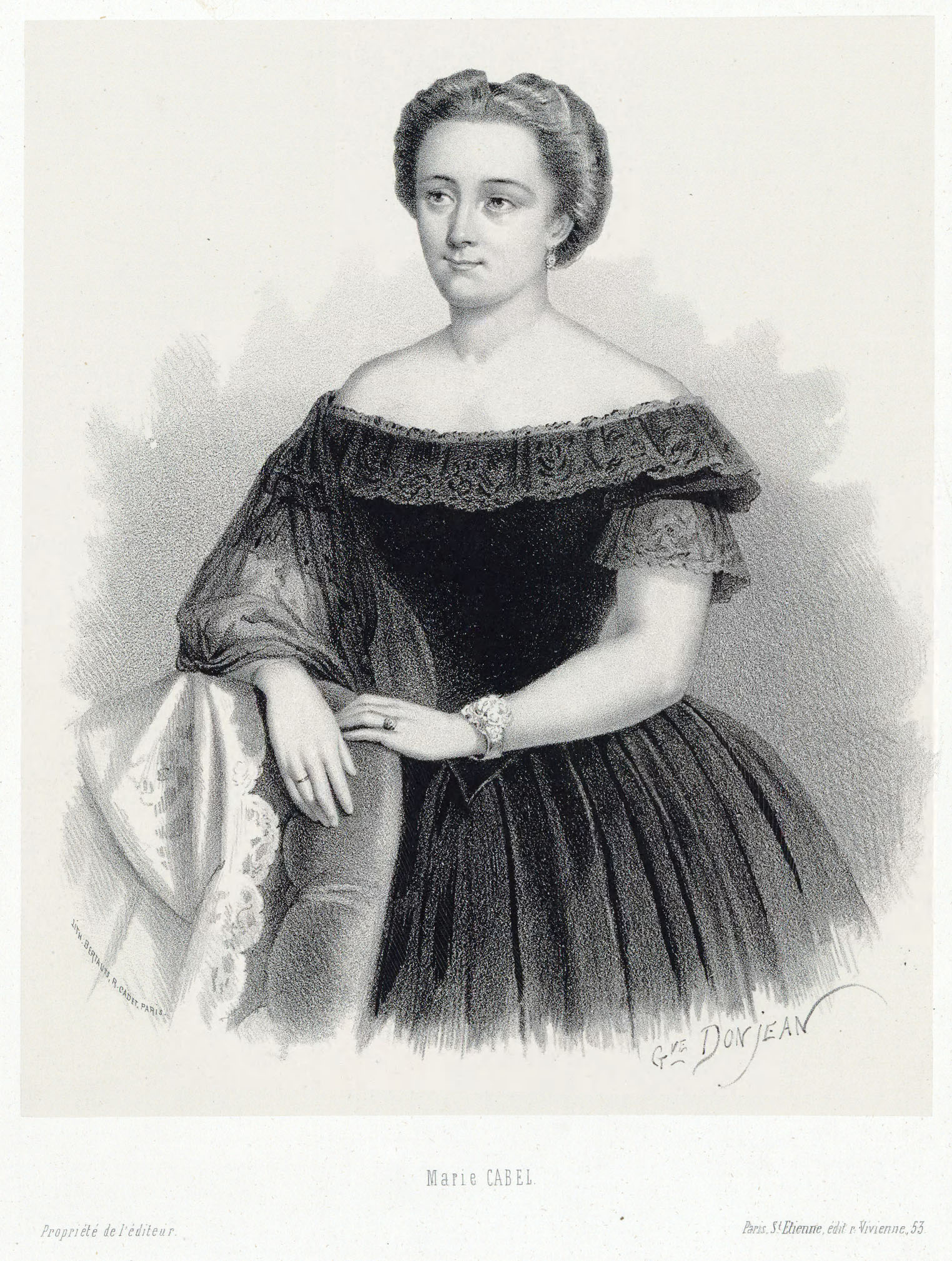|
Dinorah
''Dinorah'', originally ''Le pardon de Ploërmel'' (''The Pardon of Ploërmel''), is an 1859 French opéra comique in three acts with music by Giacomo Meyerbeer and a libretto by Jules Barbier and Michel Carré. The story takes place near the rural town of Ploërmel and is based on two Breton tales by Émile Souvestre, "La Chasse aux trésors" and "Le Kacouss de l'Armor", both published separately in 1850 in the ''Revue des deux mondes''. Roles Synopsis :Time: Nineteenth century :Place: Brittany Act 1 ''In the Breton village of Ploërmel, a rugged and wild site illuminated by the last rays of the setting sun with, in the foreground, Corentin's cottage'' During the annual pilgrimage to the chapel of the Virgin, Dinorah has gone mad because her bridegroom Hoël disappeared following a storm that interrupted their wedding on the same day the previous year. Dinorah has lost her pet goat Bellah but, believing she has found it, she sings a lullaby to the goat and then walks away ... [...More Info...] [...Related Items...] OR: [Wikipedia] [Google] [Baidu] |
Marie Cabel
Marie Cabel (31 January 1827 – 23 May 1885) was a Belgian coloratura soprano. She is probably best remembered for having created the role of Philine in Ambroise Thomas's opera '' Mignon''. Biography Early life and career Born Marie-Josèphe Dreulette in Liège, she was the daughter of a former cavalry officer in Napoleon's army, who after his discharge had become an accountant for various theatres in Belgium. Pauline Viardot, who at that time lived in a chateau near Brussels, happened to hear Cabel sing as a child and predicted a great future for her.Fétis 1878, p. 137. Cabel first studied voice in Liège with Bouillon,Chitty and Rosenthal 1992. and, her father having died, gave music lessons to help support her mother. Cabel's younger brother Edmond also became a singer and in 1863 created the role of Hylas in Hector Berlioz's ''Les Troyens''. Cabel later studied voice in Brussels with Ferdinand Cabel and Louis-Joseph Cabel. In 1847 she married Georges Cabel, the brother o ... [...More Info...] [...Related Items...] OR: [Wikipedia] [Google] [Baidu] |
Meyerbeer Dinorah Act2 Scene1
Giacomo Meyerbeer (born Jakob Liebmann Beer; 5 September 1791 – 2 May 1864) was a German opera composer, "the most frequently performed opera composer during the nineteenth century, linking Wolfgang Amadeus Mozart, Mozart and Richard Wagner, Wagner". With his 1831 opera ''Robert le diable'' and its successors, he gave the genre of grand opera 'decisive character'. Meyerbeer's grand opera style was achieved by his merging of German orchestra style with Italian vocal tradition. These were employed in the context of sensational and melodramatic libretti created by Eugène Scribe and were enhanced by the up-to-date theatre technology of the Paris Opéra. They set a standard which helped to maintain Paris as the opera capital of the nineteenth century. Born to a rich Jewish family, Meyerbeer began his musical career as a pianist but soon decided to devote himself to opera, spending several years in Italy studying and composing. His 1824 opera ''Il crociato in Egitto'' was the first ... [...More Info...] [...Related Items...] OR: [Wikipedia] [Google] [Baidu] |


